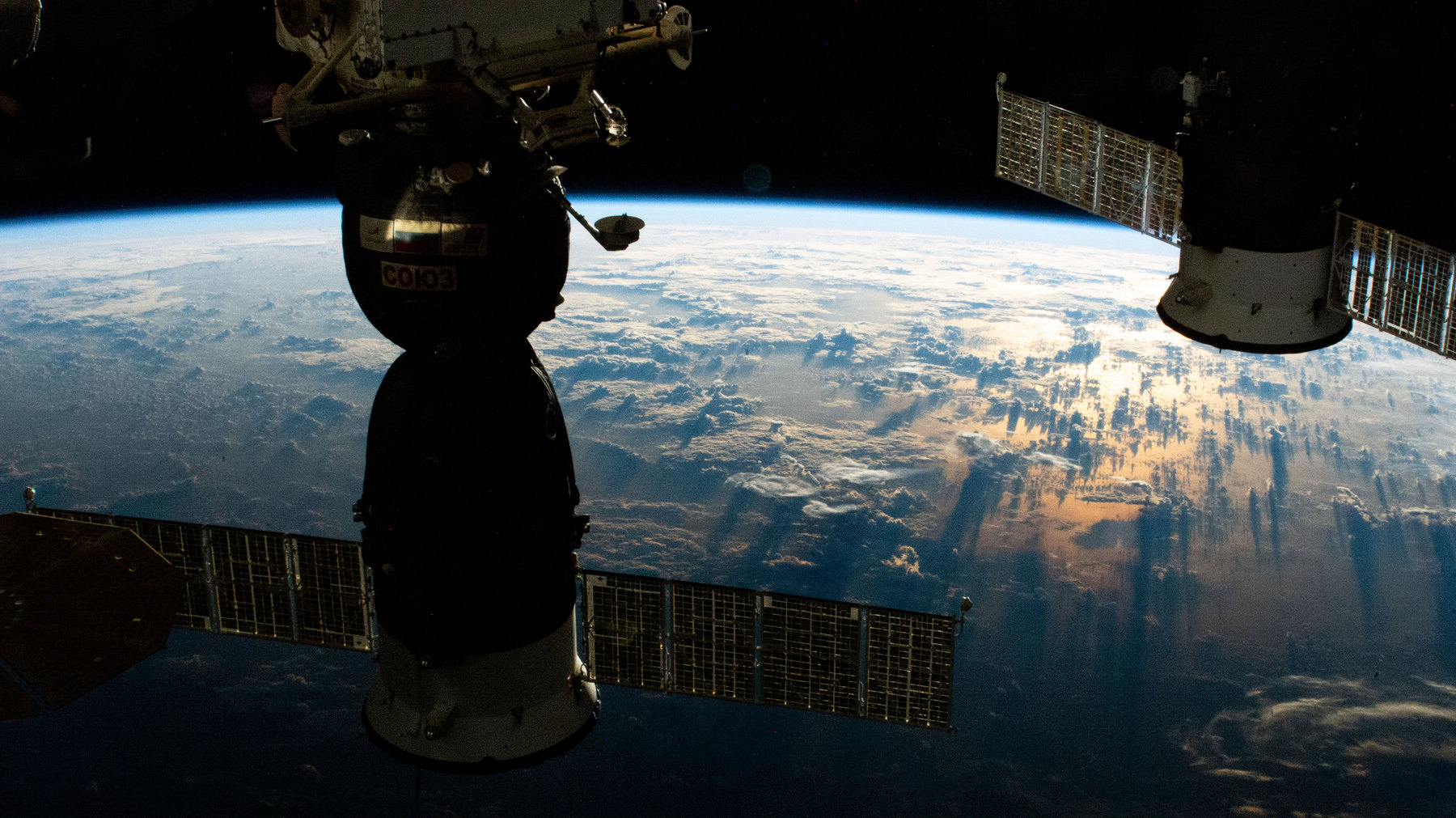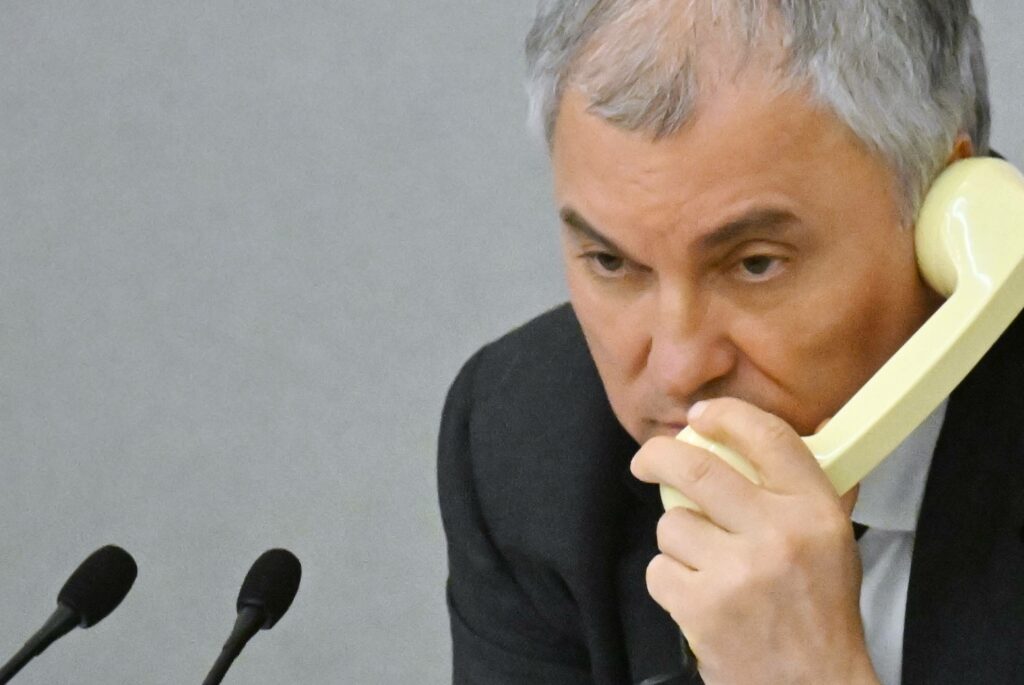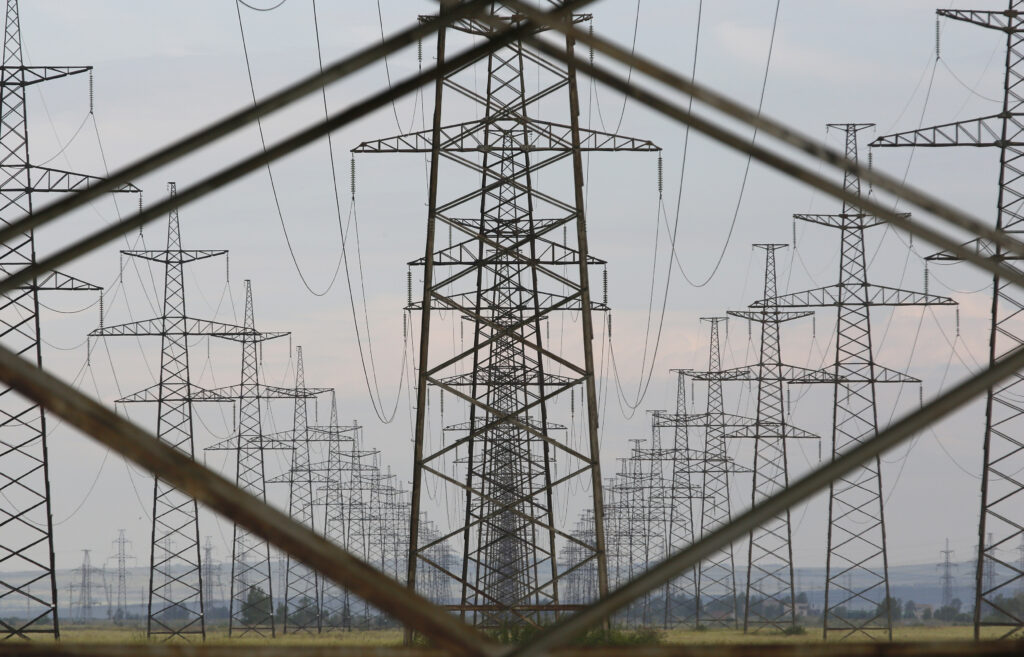When Yuri Borisov, the Russian deputy prime minister in charge of the military industry, announced that Russia would withdraw from the International Space Station (ISS) project and set up a national orbital station starting from 2025, this made sensational news. Apparently, the announcement came as a surprise not only to Russia’s partners in the ISS, but also to Roscosmos itself. A few days earlier, the head of the Russian ISS segment had said something completely different. One of the arguments cited by Borisov was the poor condition of the Russian segment (well-known cracks in the hull of the Zvezda module), although the prevailing opinion in December 2020 was that the station could operate until 2030.
However, this sensational news was soon effectively disavowed. Firstly, the Russian leadership had not yet made any documented decision on the matter. Secondly, Russia’s withdrawal from the ISS cannot happen until the entire station is closed down and yet its operation is likely to be extended from 2024 to 2028–2030 later this year. Thirdly, Russia objectively cannot deploy its national station before 2035, even if it launches this project in the coming years. Thus, a reasonable question arises: why did Moscow concoct this whole story?
The problem with the last module
The Russian segment of the ISS, deployed in 1998–2010, consists of the main Zvezda module, the docking module, and two small research modules. Moreover, the Zarya functional cargo module, the very first module of the ISS built in Russia with U.S. money and owned by NASA, is technically integrated into the Russian segment. Since the 2000s, there were plans to enlarge the Russian segment by adding the Nauka module, the Prichal node module and the NEM science and energy module. However, due to many years of delays, Nauka and Prichal will not fly to the ISS until the summer or autumn of 2021. As for NEM, it has been under construction since 2012, but will not be ready for launch until the second half of the 2020s. The only thing that exists today is only a mockup of the hull of this module, which is intended for testing. As such, this module will no longer be relevant to the Russian segment of the ISS.
The complexity of the NEM lies in its novelty for the Russian industry: it is the first module that has been built from scratch rather than from some stocks left over from the Soviet space programme. In other words, today this module sets the limit of possibilities for the Russian industry and Russia will not be able to build anything fundamentally different in the next decade or two. The same applies to new rockets, rocket engines and manned spacecraft. Today, the Russian space industry has neither the people nor the technology, sufficient resources or flexibility to reach a new level.
Furthermore, in 2012, when work on the NEM was just beginning, the Russian side planned to rely on industrial cooperation with American and European companies. However, the conflict in Ukraine, the confrontation with the West and Russia’s overall course towards dismantling the international post-Cold War order severely limited the possibilities for such cooperation. While this exacerbated the difficulties in developing the NEM, it did not reverse the original strategy: Russia needs to retain the technical capability to build and operate space stations on its own to maintain its position in space and to be an interesting partner, despite all its objective economic and technological weaknesses as well as political contradictions. Simply speaking, Moscow does not need such autonomy for its own sake but to convert it into an international partnership.
The late arrival of the new Russian modules to the ISS has become a political problem in itself for the Russian authorities. It has risked derailing long-term plans of space activity, supported by substantial financial and organisational resources. But, most importantly, it poses a risk of Russia losing its value and reliability vis-à-vis its current and potential foreign partners. One of the tasks of Russia’s 2016–2025 federal space programme was to ensure the technical feasibility for a Russian orbital station to be established on the basis of Nauka, Prichal and NEM after the closure of the ISS. The point was that these three modules could, in theory, be detached from the ISS before it is deorbited and could remain there as a small station. The modules potentially offered this possibility. However, this was just one possibility rather than an action plan, which allowed Moscow to rise the price for maintaining a space partnership with the West, even in a confrontational environment.
As a result of the existing delay in its development, the NEM will not be launched by 2025. And even if the operation of the ISS is likely to be extended until 2028–2030 (the U.S. Senate has motioned an extension until 2030), there is no absolute guarantee that the last Russian module will be ready by that time. Without the science and energy module, Nauka and Prichal cannot exist as a separate station since they do not have their own power sources. On the other hand, the design of the NEM, currently existing as a mockup, needs to be revised to be considered not for operation as part of the Russian ISS segment, but as a starting point for a new Russian station. It should be added that Russia does not yet have a new manned spacecraft or a rocket for this module: all this will appear, at best, in the second half or towards the end of the 2020s.
Today, Moscow does not have a strong position to discuss the prospects for space cooperation with the USA, Europe, Canada and Japan during the post-ISS period. The declared project of its own orbital station, which could be orbited by Russia in 2025–2035, based on the NEM and its derivative modules, is only an attempt to create such a position and to exert pressure on partners.
What is Moscow after?
Russia is now in a difficult situation: its transition to the new technological base has been delayed. The things it planned to do in space starting from the 1990s and 2000s were progressive. In the 2020s, this approach is no longer progressive, but is still sufficient to maintain a place in the club of leading space powers. It is all the more important for Russia to continue its space partnership with the West, a tool that turns Russia into a strong power alongside instruments such as nuclear weapons and its veto in the UN Security Council. However, this strategy is increasingly at odds with the actions undertaken by the Russian authorities in other areas of foreign and domestic policy.
Today, another contradiction has clearly emerged: the goals, plans and real capabilities of the Russian industry have become difficult to reconcile. This is supported by the fact that some important programmes had not been published as of May 2021, namely the state programme “Russian Space Activities for 2021–2030” (a document that includes planning for the federal space programme and other space-related programmes), and the federal GLONASS programme until 2030. This is also reflected in the tonality of the meetings at the Kremlin. In fact, it is no longer just a question of delayed projects, but the question of projects that Russia is capable of implementing on its own under the pressure of sanctions. The political priorities are obvious here: manned space travel, which gives rise to long-term international cooperation, and the military programme, which translates into military power that is also convertible into foreign policy capital.
Consequently, Moscow is now interested not just in extending the operation of the ISS until 2030, but also in ensuring that NASA continues to finance the station despite the existing commercialisation programme and the redirection of efforts from the ISS to the Artemis lunar manned programme. Moreover, Russia is probably trying to soften the U.S. sanctions regime against its space industry in order to advance its manned programme in a much more predictable way.
However, the most important goal is to join the American lunar programme, primarily in the Gateway manned lunar orbital station project. The head of Roskosmos, Dmitry Rogozin, repeatedly announced that Russia is not interested in participating in this project under conditions proposed by the United States, but this should only be seen as part of Russia’s negotiating tactics. Another part of such tactics is the announced plan to build Russia’s own orbital station based on the science and energy module, as well as the memorandum of cooperation on building a lunar station with China.
The Russian authorities are interested in making sure that the new American station near the moon needs the Russian presence, even though Russian cosmonauts have no equipment to fly there and Russia is hardly prepared to pay for them being sent there in a U.S. spacecraft. At the same time, the current possibility of creating an airlock chamber (at least on paper) for the European-Japanese module does not suit the Russian side, as it does not make mutually dependent partners reliant on Russia. The Kremlin would like to be invited to Gateway along with its module, and Vladimir Putin may raise the issue of space activity at the upcoming meeting with Joe Biden. The Kremlin might even be prepared to trade such an invitation for its own partial appeasement.
The time factor still plays into Russia’s hands: the first module of the Gateway station is still under development, and delays in the entire project cannot be ruled out, which will shift it from mid-2020s to the second half of the 2020s. In other words, if the political situation is favourable, Moscow stands a chance of synchronising work on its module with the work performed by the USA, EU, Japan and Canada on the lunar station.
Nevertheless, a Russian space station based on the NEM may become a working plan if agreement with the current U.S. administration is not reached and/or if the divergence between Russia’s approach to space affairs and other actions reaches a critical limit. Even then, though, Moscow will need foreign partners with resources: from India, which Russia is trying to help with its manned programme, to possibly Egypt, Brazil and other major developing countries. However, this would still be a worst-case political scenario for Moscow as it would force it to overstretch, and the negative consequences for Russia’s international status would be fraught with imbalances in the domestic political situation.










